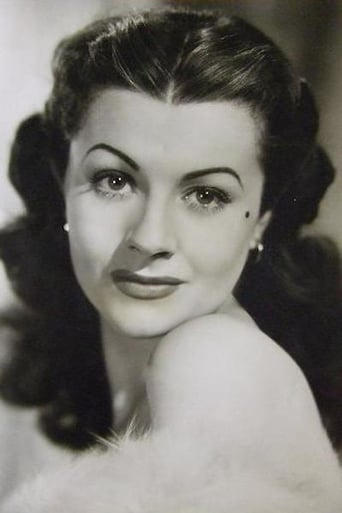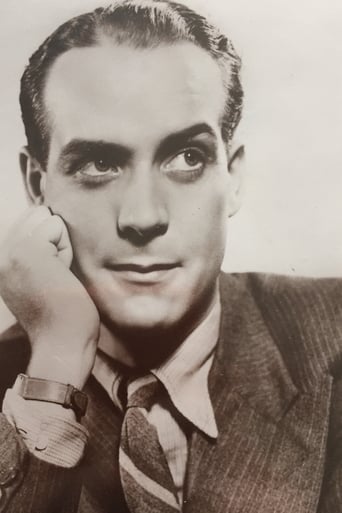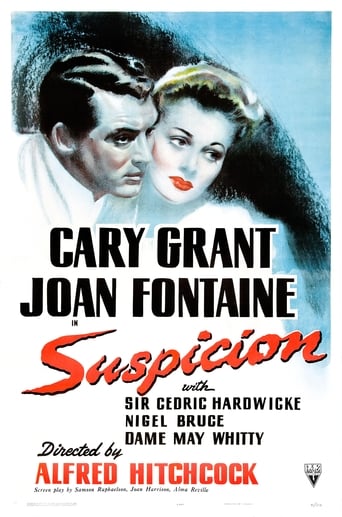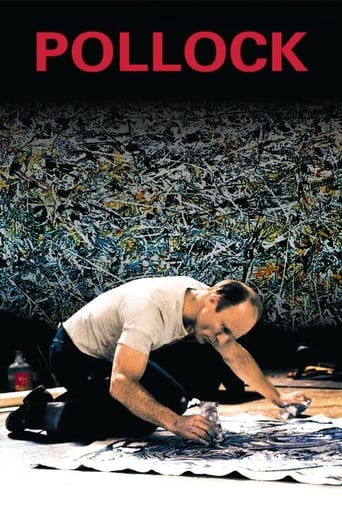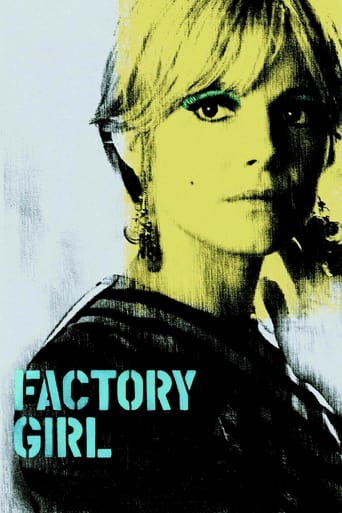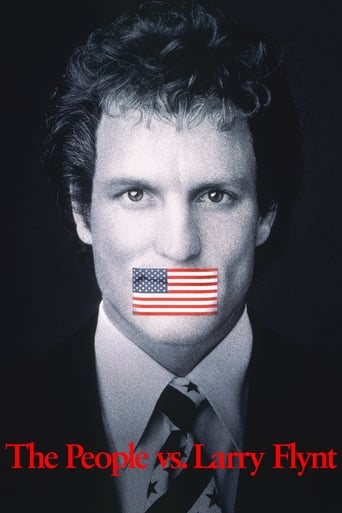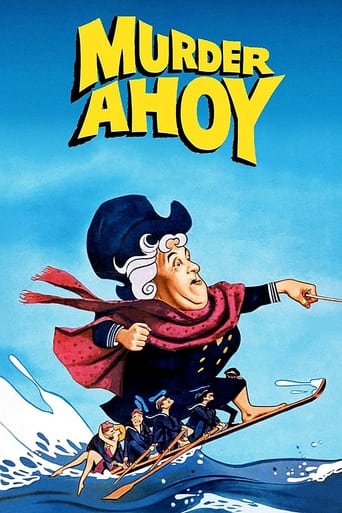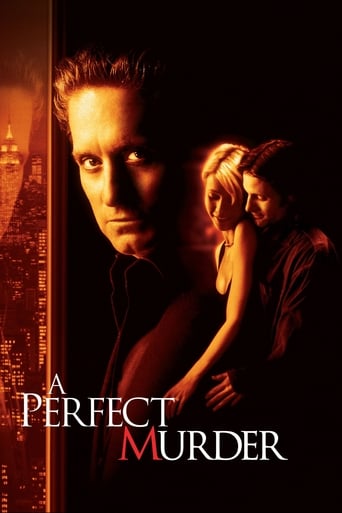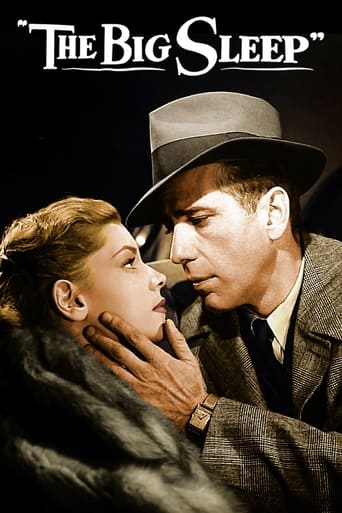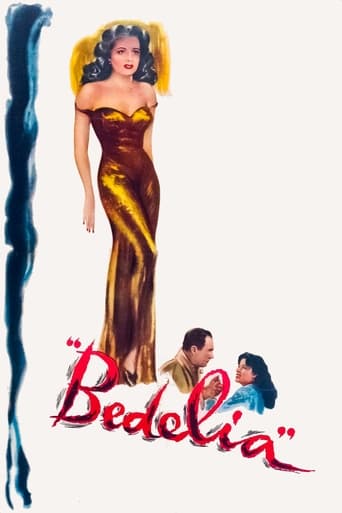

Bedelia (1947)
Bedelia Carrington is living happily, it appears, in Monte Carlo with her husband Charlie Carrington. But a cultivated young artist, Ben Chaney, begins probing into her past with curious concern. Chaney, who is really a detective, learns that Bedelia's obsession for money has led her, in the past, to husband-poisoning for the insurance money.
Watch Trailer
Cast


Similar titles
Reviews
The performances transcend the film's tropes, grounding it in characters that feel more complete than this subgenre often produces.
I enjoyed watching this film and would recommend other to give it a try , (as I am) but this movie, although enjoyable to watch due to the better than average acting fails to add anything new to its storyline that is all too familiar to these types of movies.
Each character in this movie — down to the smallest one — is an individual rather than a type, prone to spontaneous changes of mood and sometimes amusing outbursts of pettiness or ill humor.
The tone of this movie is interesting -- the stakes are both dramatic and high, but it's balanced with a lot of fun, tongue and cheek dialogue.
Whether ingénue or dark lady, Margaret Lockwood was as stunning as they come. 70-80 years after her reign as Britain's most glamorous actress, she's got a following yet is hardly mentioned in conversation along with raven haired beauties like Merle Oberon, Vivien Leigh or Ava Gardner. But as the femme fatale of a slew of Gainsborough films in the 1940's, she has gained a world wide reputation among classic film connoisseurs as one of the best, with American audiences as entranced with her, perhaps more than the others, because she's a new discovery and her films are delightfully decadent. Newly married to staid Ian Hunter, Lockwood's dark beauty Bedelia is as mysterious as she is charming. But there's an unexplained darkness in her, with her eyes widening in horror as various names are dropped, as if she knew at any moment that her past was coming back to haunt her. While husband Hunter just becomes concerned over her change in moods, old friends Barry K. Barnes and Anne Crawford (as well as the nosy servants and nurse) start to have their own suspicions, creating a mystery that will have the audience intrigued as well.I've already been a fan of Lockwood's since first seeing her as the heroine in Hitchcock's "The Lady Vanishes", then finding her Gainsborough films, the best of which are "The Man in Grey" and of course "The Wicked Lady". Those were period films, and while this independent film is modern set, it is as Gothic as the others. By the same author as "Laura" (Vera Caspary), this is not as classic a film, but the pacing and details are quite excellent, slow moving enough to be moody yet never dull. The fact that Lockwood remained loyal to British cinema shows that she cared about art enough to convince her to avoid "going Hollywood".
A brilliant story with a fast and pregnant dialogue all along, presents the fascinating case of a double-faced woman, the other face of which is well hidden behind a mask of superb charm and beauty - it's impossible to believe anything else but the best of her; but a nosy insurance investigator, not at all sympathetic but rather callous and rude in his constant meddling into the business of a happily and recently married couple, finds out more and more unpleasant things no one really wants to know, not even himself. Alas, it all leads to more unpleasantness.Margaret Lockwood is as usual quite reliable and convincing in not a too glamorous part, Ian Hunter makes the perfect husband and reacts as anyone would in such an awkward situation, intrepidly handling the crisis with an admirable effort at controlling himself, while Barry K. Barnes carries through the difficult task of making a graceless character acceptable for his uneasy plight. Anne Crawford is a delightful surprise as another beauty, who after all remains when all the lights are gone. This is not clearly expressed in the film, but it should not be forgotten.To this comes the interesting detail of the black pearl, which somehow symbolizes the whole story. She wants to get rid of it but refuses to sell it for a fortune, when asked for it she denies she still has it, and then it returns to bring about her doom. It should be noted that the author also was guilty of "Laura".It's not a great or ambitious film but well above the average of so many other similar secondary melodramas.
Journeyman director Lance Comfort never did much that wasn't ephemeral and here he turns in another ho-hum melodrama from a novel by Vera Caspary, which the author set in the New England of 1913, on the eve of one war and which now finds itself in Old England in 1945, at the end of another. Margatet Lockwood is clearly hiding a secret or why else would she refuse vehemently to have her photograph taken and Barry K Barnes is equally clearly something more than the artist he purports to be. Alas, it's hard to work up much of a sweat about any of this and though we do stick around for the revelation that Bedelia (Lockwood) is a serial rich husband killer and Barnes is really an insurance investigator it's hard to care one way or the other. The whole thing is done well enough with all departments - script, photography, directing, acting being up to snuff but it really does lack that 'little something extra' that Ellen Terry spoke of. Worth a look but that's all.
I first saw this film late at night in 1965. Very well done and both Lockwood and Anne Crawford (a sadly overlooked actress) are in their prime. After viewing this film, I came across the book written by Vera Caspary and was surprised to find that in the book the story was set in Connecticut during the Christmas tide of 1913; rather than England in 1946. At that time, many films had a late Victorian/early Edwardian setting and it was of interest to me that the period was updated to modern (1946) days. One key point of the period setting was the fact that after a snowstorm the characters were isolated and news was slower to reach people in 1913. One wonders what this film would have been like had the period setting been left intact.On a trivia note, this film was one of the few independent productions made at Ealing Studios without the "Ealing Team" being involved.


